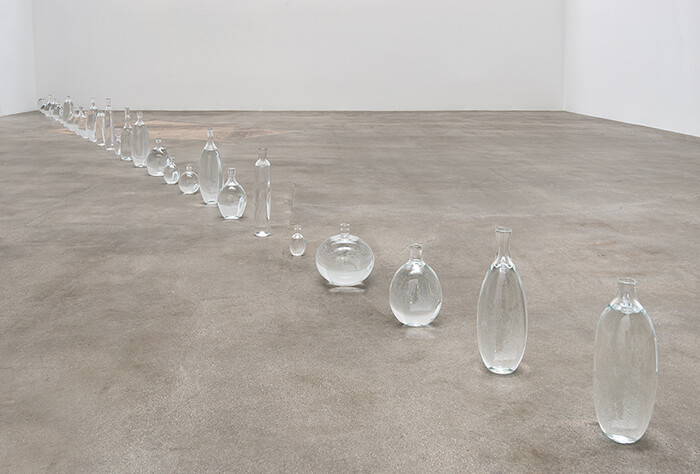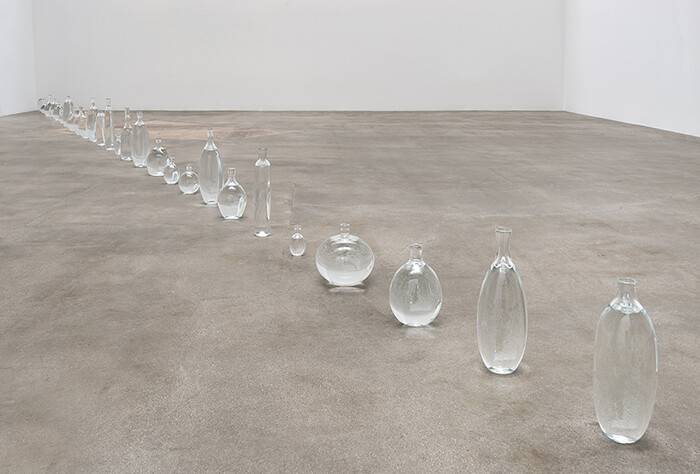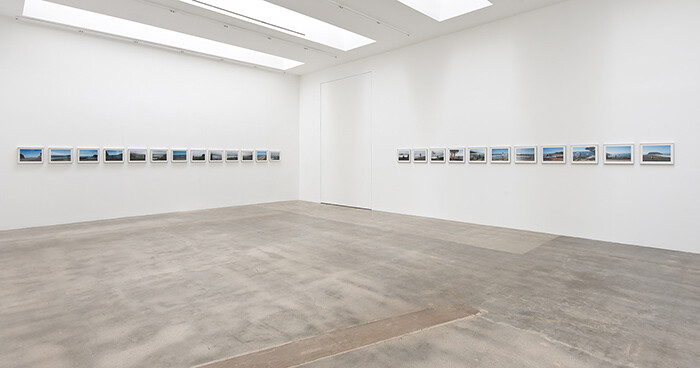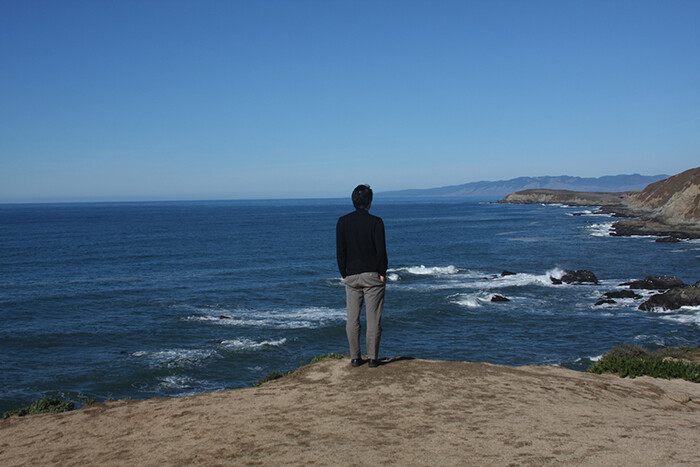Irregularly and perhaps just a bit irrationally, lawmakers and treaties carve hard demarcations of time from a spinning globe. Workers clock in there, the lunch hour is now here—Daylight Savings Time always confused the hell out of me. Whatever you think noon is, it’s now mostly an abstraction. Time zones emerged out of a need for the trains to keep schedules across long distances, and from the beginning, citizens resisted the co-opting of true time (noon being when the sun is directly overhead), but every country and territory now falls into some imaginary space of time.
The most beautiful of these lines drunkenly dances across the Pacific Ocean, shimmying back and forth across the 180th meridian, the International Date Line. It shifts a calendar with each tick past midnight, dismissing a dead year with the popping the first bubbly on New Year’s. But a few longitudinal notches east an imaginary line of time squiggles around the American state of Alaska, separating it from the Pacific Standard Time that governs Western Canada, the Western United States, a sliver of Mexican Baja California, and a smattering of South Pacific Islands claimed by France, the United Kingdom, and Mexico. Though few clocks are kept in the middle of the ocean, the line continues straightforwardly across the Pacific with only a zag or two for the islands. Since time can be mapped, it can be manifestly crossed. The ocean on this side exists at one hour, on that side at another. An artist angles his boat to float between them. The fish, unconsulted, ignore these distinctions.
David Horvitz, an oceanic romantic through a few years of work, travelled by boat to the point in the Pacific where time for Alaska and French Polynesia’s little Îles Gambier (pop. 1641) diverges from that of the western half of North America and that smattering of Pacific islands. Bottling some of the ocean, Horvitz travelled to Los Angeles and placed this timely water in numerous shapely glasses. Set directly onto the polished, concrete floor, the glasses diagonally divide a room in Blum & Poe’s local flagship gallery on a north-south axis. Although nothing literally connects these glasses of water—with little more than a foot separating them—they introduce some weird uncrossable divide. We find ourselves walking along this awkward, irrational line that severs one side of the room from the other. The mere suggestion of a demarcation forces our moves.
Accompanied by a letter sent through a special yachters’ email service that poetically lays out the gesture, Horvitz titles the piece, somewhere in between the jurisdiction of time (2014) and lists the following as materials: “32 unique glass vessels carrying seawater collected in the Pacific Ocean at longitude line 127.5° west of Greenwich placed north to south in a line. Installed dimensions variable.” At the front desk, Horvitz displays another letter asking the US government to consider the area marked by his glass vessels as being officially on Alaskan time instead of PST for the duration of the exhibition. The official’s response (if any) doesn’t find its way into the show.
In the adjacent gallery hangs “Public Access” (2011–14), a series of photographs Horvitz took on beaches along the coast of California. Each sweeping landscape captures the artist standing along the shore, a melancholic searcher scanning the waves, back turned to the camera. The photographs’ generic, near schmaltzy beauty taps into cliché, old-timey Romantic notions of the sublime landscape, postcard and calendar prints easily marketed to mawkish German tourists. Horvitz has pranked the late Bas Jan Ader (1942–1975) in the past by hoaxing “unfound footage” of the quixotic Dutch artist. Frieze editor Jörg Heiser called the mélange of deadpan strategy with sweeping, voluptuous bliss “Romantic Conceptualism,” with Ader and German painter Caspar David Friedrich (1774–1840) as patron saints. That spirit halos these snapshots, but the simple, sweet nature of Horvitz’s actions surely saves them from any angsty Sturm und Drang.
All the beaches in California are publically owned up to the tideline and require public access (a law that assaholic Malibu millionaires try to block at every right-of-way). The artist redistributed these photographs into the public domain by way of Wikipedia, though they didn’t reside there long. Because he posted them using multiple accounts—what Wikipedians call “sockpuppetting”—a debate raged on the website about their validity and most, if not all, of them got wiped from the free encyclopedia.
Aside from the ocean on California’s coast, abstract and sometimes imaginary systems—the rules of time and space, knowledge and property—also define these two different works. Both the photographic series and the installation try to locate some imaginary notion in a literal place; together they are kind of dreamy. A once remove from sappy Romanticism allows our cynical age access to notions of the sublime and the beautiful that cadres of hard-headed philosophers routinely dismiss as make-believe metaphysics. We still yearn to feel the largeness of nature, the sweep of ideas greater than ourselves (like that vague and enduring notion of the public), as a means of giving a little space and time to dreaming, a space beyond practical concerns, just goofy enough to keep it light. You can spot it all in the simple poetry of Horvitz’s at-sea missive:
i imagine these words i am sending to you moving over the water, invisible like the wind. its hard to write with the bumps. when we get to the line, now in some minutes, we will stop the boat right on the line. i imagine the boat to exist in neither time zone, somewhere outside the jurisdiction of standardized time. somewhere outside of time.










